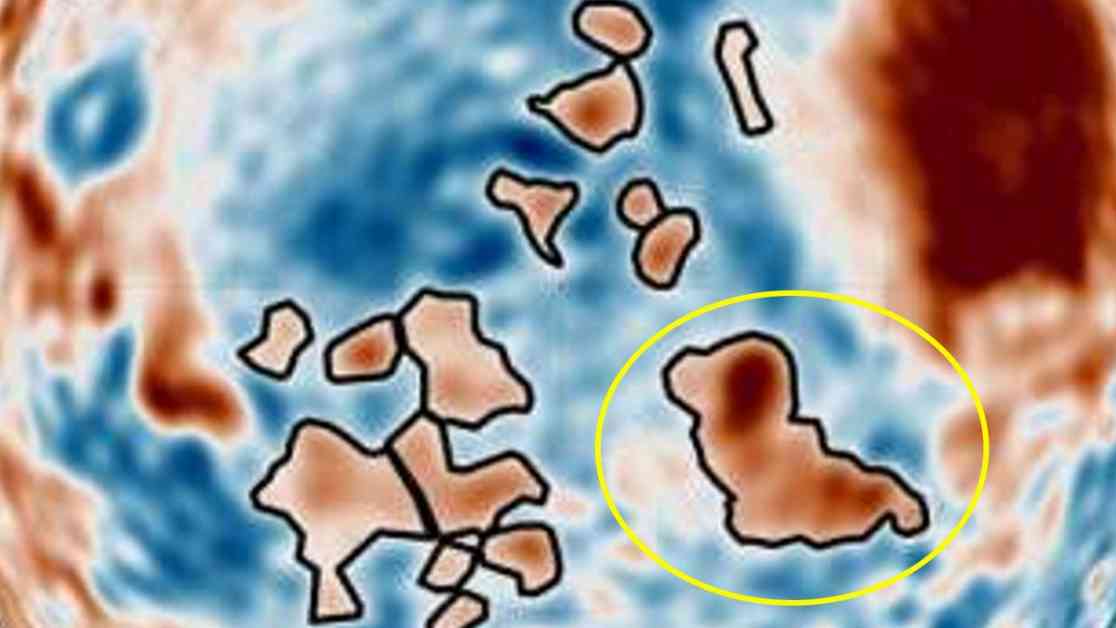Researchers have discovered mysterious dense blobs under Mars’ north pole, including one that looks like a dog. The new global density map of Mars was created by combining data from NASA’s InSight lander and satellite orbits to reveal these hidden anomalies. These blobs, located in the ancient seabed of Mars’ northern hemisphere, have densities higher than the surrounding ground and come in various shapes and sizes. The origin of these structures remains unknown, with possibilities ranging from volcanic activity to ancient meteor impacts.
In addition to the blobs, the map also confirmed the presence of a massive blob under Olympus Mons, Mars’ tallest volcano. This blob, less dense than its surroundings, is believed to be a large plume of cooled lava, hinting at recent or ongoing volcanic activity on Mars. The discovery of these features could provide valuable insights into Mars’ geological history and volcanic processes.
The new map of Mars’ underground features has sparked interest in further exploration of the Red Planet. Scientists are proposing a Mars mission called the Martian Quantum Gravity (MaQuls), which aims to send twin spacecraft to accurately measure gravitational anomalies on Mars. This mission could provide valuable data to help unravel the mysteries of the planet’s hidden structures and geological processes.
In recent years, Mars has revealed numerous secrets hidden beneath its surface, including a thick layer of ice near the equator and a massive underground ocean. These discoveries highlight the importance of continued exploration and research to uncover the secrets of Mars’ past and present. The study authors presented their findings at the Europlanet Science Congress, shedding light on the intriguing discoveries made on the Red Planet.
As we continue to unravel the mysteries of Mars, researchers like Harry, a senior staff writer at Live Science, play a crucial role in communicating these discoveries to the public. With a background in marine biology and a passion for space exploration, Harry covers a wide range of topics related to planetary science, climate change, and evolution. His dedication to sharing the latest scientific discoveries ensures that the public remains informed and engaged in the exciting world of space exploration.
The new gravity map of Mars has opened up a world of possibilities for researchers, offering tantalizing glimpses of hidden structures and geological features beneath the planet’s surface. As we look towards the future of Mars exploration, the mysteries waiting to be uncovered continue to inspire scientists and space enthusiasts alike.
